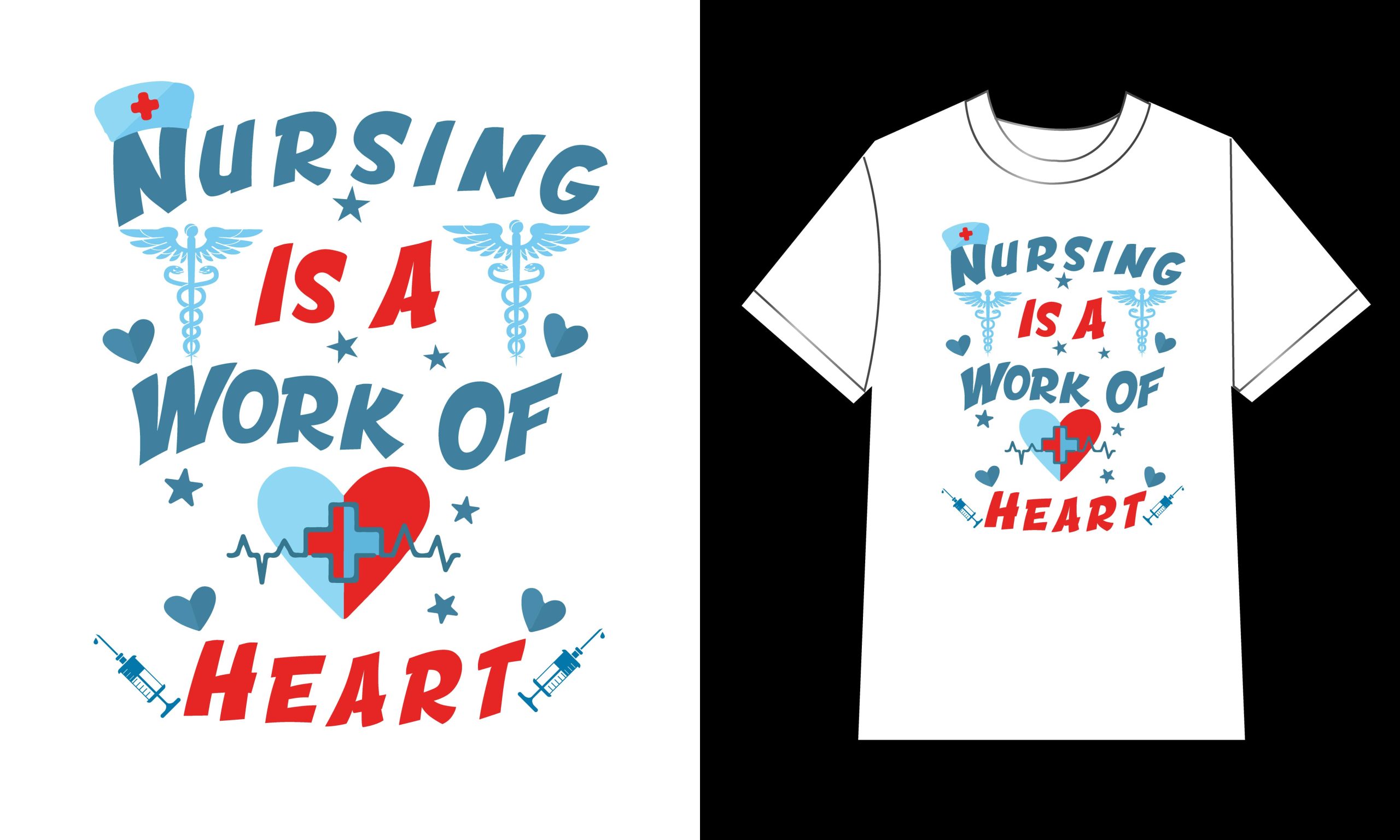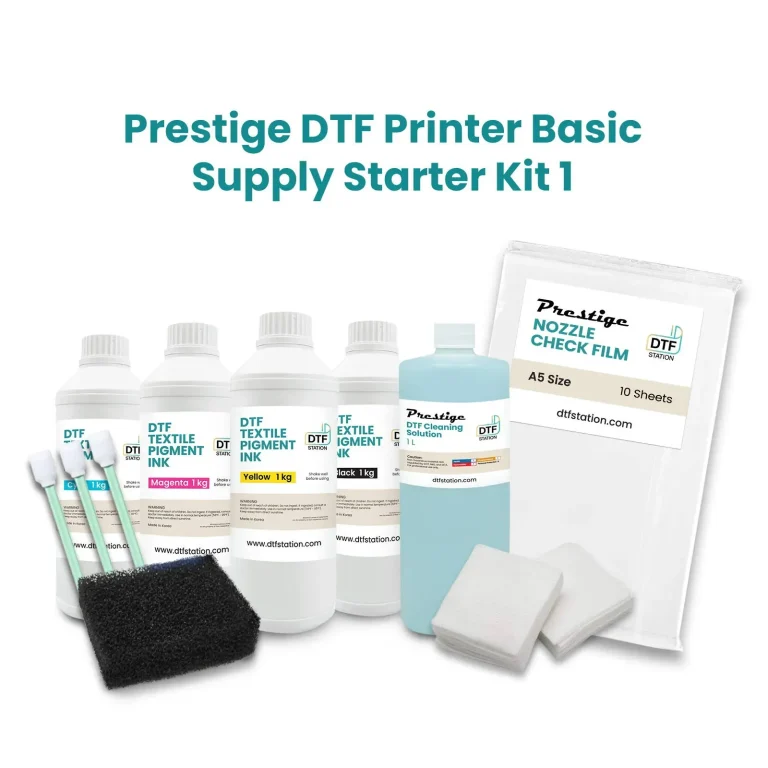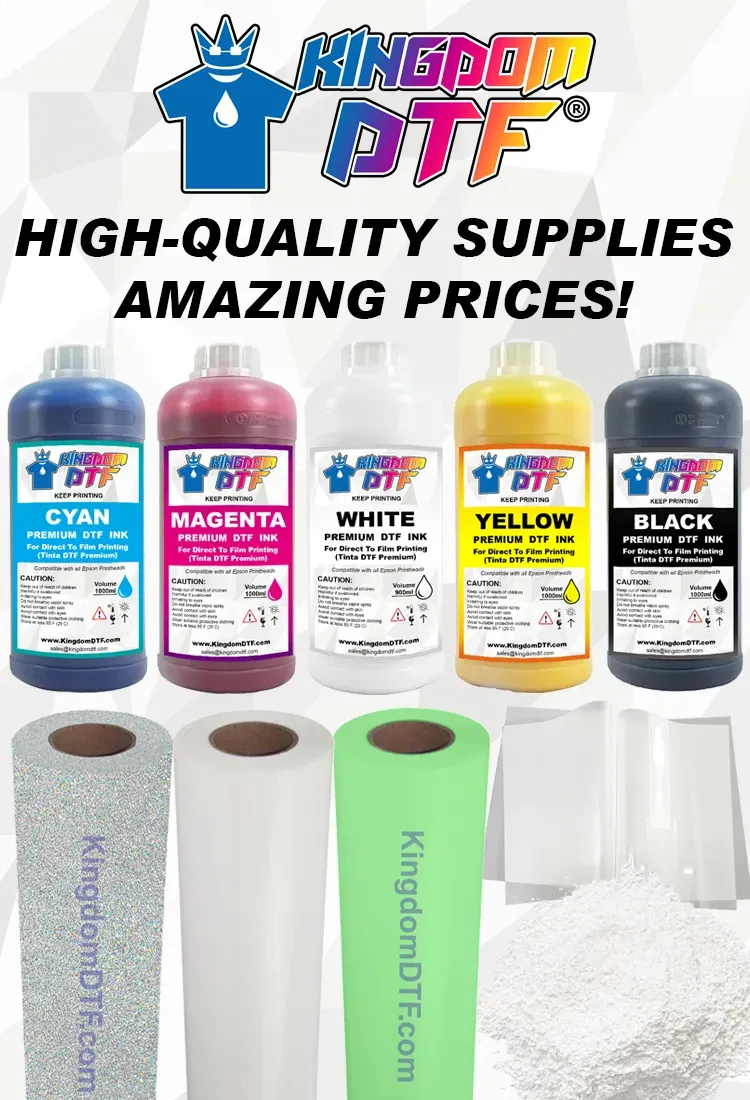
DTF Supplies are the backbone of a successful Direct-to-Film (DTF) printing journey, especially for beginners ready to explore this vibrant method. As a newcomer, you may feel overwhelmed by the variety of options available, from selecting the best DTF printers to understanding different DTF film types. Choosing the right DTF supplies is essential for achieving high-quality prints, and knowing how to choose DTF supplies effectively will set you up for long-term success. Critical components like DTF adhesive powder and printer specifications play a pivotal role in your printing outcome, ensuring your designs come to life with vibrancy and durability. In this guide, we will help you navigate through the essentials of DTF supplies so you can confidently embark on your printing adventure.
When starting with Direct-to-Film printing, it’s imperative to grasp the essentials of the supplies required for optimal results. This printing technique has gained traction due to its ability to create durable and lively prints on various materials, making it a favorite for both hobbyists and small business owners. Selecting appropriate materials, such as high-quality film types, specialty inks, and reliable adhesive powder, is vital in laying a strong foundation for your crafting endeavors. Understanding these products, including the best pressure and heat settings for successful transfers, can significantly enhance your output quality. Engaging with community resources and educational content tailored to DTF printing will further empower you to refine your skills and navigate this exciting creative realm.
The Basics of DTF Printing for Beginners
Understanding DTF printing is crucial for anyone looking to enter the world of custom apparel and printing. Direct-to-Film (DTF) printing involves a few key steps: printing your design onto a special film with DTF inks, applying an adhesive powder, and then using a heat press to transfer the design onto various surfaces. This method allows for vibrant colors and high durability, making it a favorite among hobbyists and small business owners alike. For beginners, grasping the technicalities of the process is essential to achieving high-quality outputs.
Moreover, DTF printing stands out due to its versatility; it works on different fabric types, providing a broader canvas for creativity compared to traditional printing methods. Beginners should familiarize themselves with not just the printing process, but also the types of designs that translate well through DTF printing. Understanding the mechanics of both the equipment and the materials will greatly enhance the likelihood of achieving successful prints.
Choosing the Best DTF Printers
Selecting the right printer is one of the most critical decisions in starting your DTF printing journey. Many beginners wonder whether to convert their existing inkjet printers or invest in a dedicated DTF printer. For optimal performance and superior print quality, purchasing a printer tailored for DTF is often recommended. Notable options in the market include the Epson EcoTank series, which is celebrated for its high-quality output and cost-effective continuous ink systems.
Using a dedicated DTF printer can alleviate many common frustrations associated with conversion, such as maintenance issues and suboptimal print quality. These printers are designed specifically with DTF technology in mind, ensuring more consistent results for vibrant and durable prints. Beginners should conduct thorough research to evaluate various models and their features to make an informed decision that aligns with their printing needs.
Exploring Different Types of DTF Films
The choice of DTF film significantly impacts the quality and durability of your transfers. For beginners, it is essential to invest in high-quality PET films, ideally those with a thickness ranging from 75 to 130 microns. These films are specifically manufactured to provide excellent adhesion during the transfer process while maintaining the vibrancy of the colors printed on them.
Experimenting with different DTF films can also prove beneficial as each type may perform differently on a variety of fabric types and under varying conditions. As you test different films, pay attention to how they interact with your inks and heat press settings. This testing phase helps to refine your skills and ensures you find the optimal film that meets your specific printing requirements.
Understanding DTF Inks: Choosing Wisely
Inks are a fundamental aspect of the DTF printing process, as they directly influence the final product’s appearance and quality. Water-based DTF inks are particularly popular among beginners due to their user-friendliness and easy maintenance. Trusted brands such as InkOwl and DTG Digital offer high-quality inks known for their consistency and vibrant color reproduction.
Moreover, understanding the importance of printer settings is essential for achieving the best results. It’s advisable to familiarize yourself with color profiles and print resolution settings on your printer, as these can affect how the final print looks. Taking the time to calibrate your printer correctly will ultimately enhance the quality of your prints and lead to more satisfying results.
The Importance of DTF Adhesive Powder
Adhesive powder is a key component in the DTF printing process, ensuring that your designs adhere properly to the substrate during heat transfer. For beginners, hot-melt adhesive powders are recommended because they are relatively easy to work with and typically yield strong adhesion without requiring extensive technical knowledge.
When choosing adhesive powder, look for pre-mixed formulations which can simplify the process for newcomers by reducing guesswork on mixing ratios. Using the right adhesive can make a significant difference in how well your designs stick to fabrics and how durable they remain after washing, which is crucial for any custom apparel project.
Finding Resources and Community Support for DTF Printing
Utilizing online resources is vital for beginners looking to navigate the DTF printing landscape. There are numerous online tutorials, forums, and communities where users share valuable insights, troubleshooting tips, and creative ideas. Platforms like YouTube are rich with informative content that caters to all skill levels, making it easier for newcomers to learn from experienced printers.
Additionally, connecting with online communities can offer support and camaraderie, making your DTF printing journey more enjoyable. Engaging in discussions within these groups can provide fresh perspectives on common challenges and best practices, helping you refine your skills as you progress in your DTF printing undertaking.
Frequently Asked Questions
What are the essential DTF supplies for beginners?
Beginners in DTF printing should focus on acquiring a quality DTF printer, high-quality DTF films, water-based DTF inks, adhesive powder, and a reliable heat press. Each of these components plays a crucial role in ensuring successful prints.
How do I choose the right DTF supplies for my projects?
To choose the right DTF supplies, consider the type of fabrics you’ll be printing on, the quality of the inks and films, and the specifications of your printer. Testing different DTF films and adhesive powders can help you find the best match for your needs.
What are the best DTF printers available for beginners?
The Epson EcoTank series is often recommended as one of the best DTF printers for beginners due to its high-quality output, cost efficiency, and ability to handle various DTF inks effectively.
What types of DTF films should I use for optimal results?
For optimal results in DTF printing, select PET films that are between 75 to 130 microns thick. Experimenting with different DTF film types can help you determine which one works best with your chosen fabrics and inks.
How important is adhesive powder in the DTF printing process?
Adhesive powder is crucial in the DTF printing process as it ensures that the design adheres properly to the garment. Hot-melt adhesive powders are recommended for beginners, especially pre-mixed formulations for ease of use.
What features should I look for in a heat press for DTF printing?
When choosing a heat press for DTF printing, look for one that offers precise temperature control, even pressure distribution, and operates within a temperature range of 302°F to 350°F (150°C to 180°C) to ensure successful transfers.
| Key Component | Description |
|---|---|
| Printer Selection | Invest in a dedicated DTF printer, like Epson EcoTank series for optimal results. |
| Film Types | Use high-quality PET films between 75 to 130 microns thickness for better transfers. |
| Inks for DTF Printing | Opt for water-based DTF inks from reputable brands to ensure quality. |
| Adhesive Powder | Choose beginner-friendly hot-melt adhesive powders that are easy to use. |
| Heat Press | Select a heat press with precise temperature control and even pressure distribution. |
| Learning Resources | Leverage online tutorials and communities for support and techniques. |
Summary
DTF Supplies are essential for anyone eager to dive into the world of Direct-to-Film printing, especially beginners looking to create high-quality designs. This guide has outlined crucial components such as printer selection, film types, inks, adhesive powders, and the right heat press, all of which play an integral role in the DTF printing process. Additionally, utilizing learning resources and community support helps newcomers troubleshoot problems and refine their techniques. In summary, equipping yourself with the proper DTF Supplies will empower you to transform your creative visions into stunning printed garments and products.


